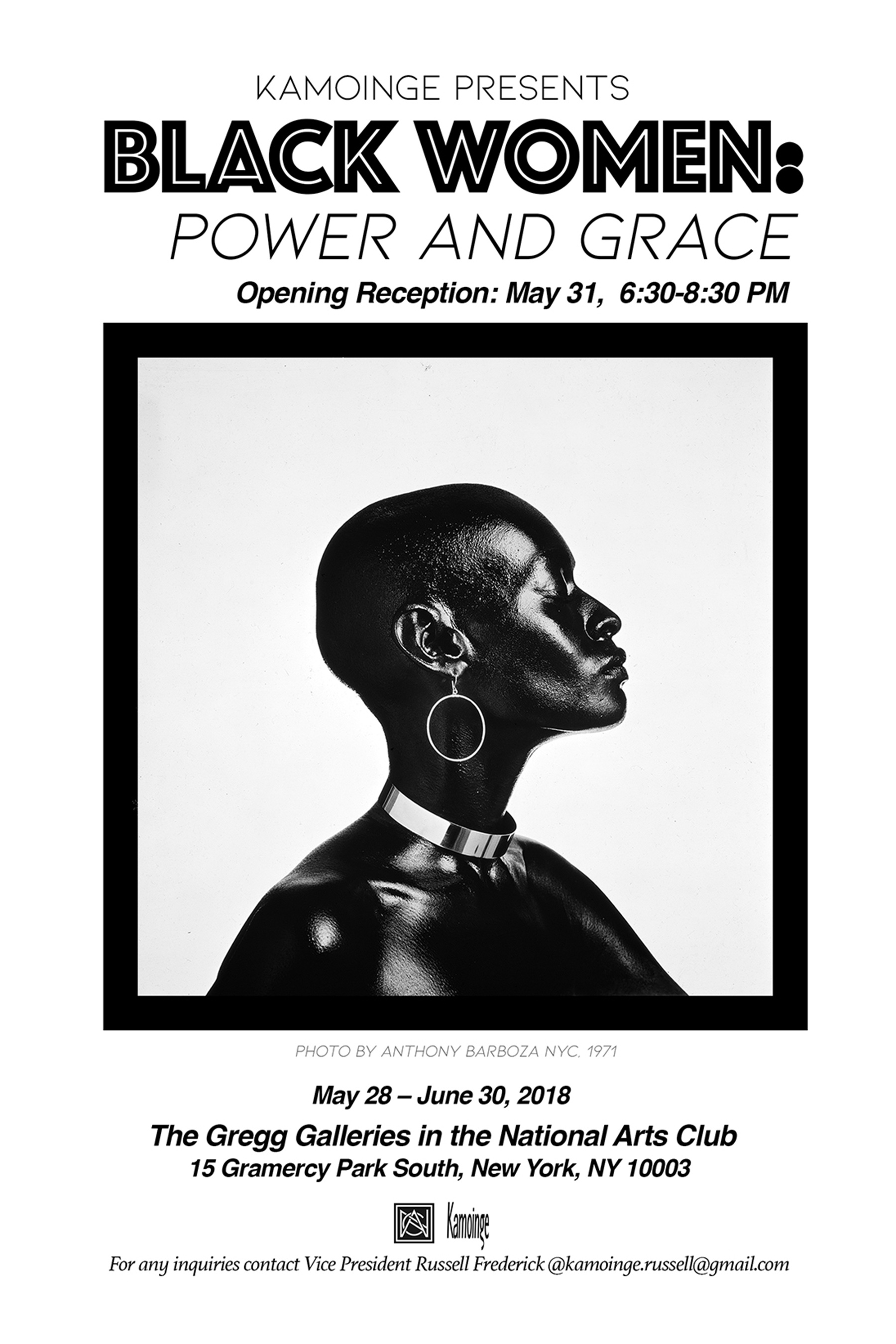By Antwaun Sargent
May 29, 2018
Original article: https://nyti.ms/2LGVaVp
Church ladies. New York, 2005. Credit: Jamel Shabazz (Source: New York Times)
More than half a century after the groundbreaking exhibit “The Negro Woman,” the image announcing the show by the African-American collective Kamoinge still captivates. Taken by Louis Draper, who had a keen sense of light and shadow, the photograph shows an older black woman standing on a busy Harlem street corner. In the crowd, her face is finely in focus. She is tired, gazing off into the distance, as she waits, with serious dignity and grace.
It was an everyday scene that in its own way was extraordinary. Led by the astute chronicler of Harlem life, Roy DeCarava, the show aimed to reclaim the beauty of the African-American woman. Kamoinge’s group exhibition was among the first to carefully and radically picture the black woman’s elegance and pride.
“Nothing like that had been done in the community before,” said Adger Cowans, the president and a co-founder of Kamoinge,. “The black woman has been underrepresented. Here we are today and we are still looking at black women negatively. We wanted to show their beauty and power.”
Decades after “The Negro Woman,” that same motivation has inspired Kamoinge’s new exhibit, “Black Women: Power and Grace,” at the National Arts Club in New York from May 28 to June 30. “With this exhibition we are showing our love and appreciation to our mothers, wives and sisters,” said Russell Frederick, a co-organizer of the exhibition and Kamoinge’s vice president. “I think black women, who have mostly been objectified in the media, have actually made a major mark on society that really can’t be quantified but has gone unrecognized.”
The show includes several intimate portraits by Mr. Russell that examine traditional notions of beauty and Anthony Barboza’s images of black models, like a bald and beautiful Pat Evans, that affirm them. Among the show’s earliest works is Mr. Cowan’s “Untitled (Betty Shabazz).” Taken in 1965, the black-and-white picture shows Ms. Shabazz coming out the back of a Harlem church where the funeral service for her husband Malcolm X had been held. In an indelible image of strength and loss, Ms. Shabazz’s face is veiled in black lace as a single tear rolls down her cheek.
“That picture meant something to me because my whole universe stood still,” said Mr. Cowan, 81. “It was very emotional for me, she was as big in my eyes as Malcolm. It was important for people to see this image because this woman carried the weight of the world on her shoulders and you can see it on her face.”
Since 2016, the photo collective, founded in 1963, has made an effort to expand ranks — historically dominated by male photographers — with younger, female artists. The group’s new black female members, including the French-Senegalese portraitist Delphine Diallo, join a small company of women like Ming Smith, the first black woman photographer to have her work collected by the Museum of Modern Art.
“Black Women: Power and Grace” also features other female newcomers. Lola Flash has two pictures that bring visibility to the black lesbian community; a 2010 Delphine Fawundu self portrait, “What Do They Call Me, My Name Is Aunt Sara,” challenges us to rethink the names we call black women; and Laylah Amatullah Barrayn’s images explore spiritual practice in Senegal.
“I’ve been watching Kamoinge for most of my career and I’ve seen its growth,” Ms. Barrayn said. “I always felt being a part of Kamoinge was so far-fetched because there weren’t many women in the group.”
Given Kamoinge’s recent expansion, “Black Women: Power and Grace,” is an intergenerational mix of historic and contemporary portraits that span genres including reportage, fine art and fashion and represent black femininity across the African diaspora as empowered, resilient and visible. Some images are timely, like Ruddy Roye’s “#MeToo” series that add the stories of black women to a movement that has mostly overlooked them. Collectively, the pictures challenge what we think we know and have seen. They represent a mosaic celebration of identity, history and little-seen stories that forgo the tired presentation of a single, monolithic image of black womanhood.
Kamoinge’s mission-oriented pictures are populated with individual narratives that have long come together to shape the complex diversity of black women.
“The challenge is to see her differently,” Mr. Frederick said. “We really embrace today’s black woman, who she is and even those who came before her like Maya Angelou, Maxine Waters and Dionne Warwick, who are all holding hands in Eli Reed’s picture.
“Black women have broken barriers, been torch bearers and pioneers,” Mr. Frederick continued. “And at the same time, they have always looked out for all of us in the neighborhood, taking us to church, making Sunday dinner and always having our back.”
* For any inquiries, contact Vice President Russell Frederick. Follow Kamoinge Images on Instagram.


